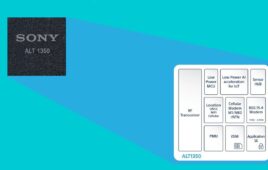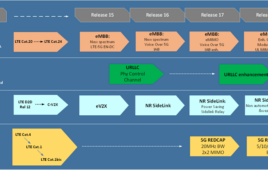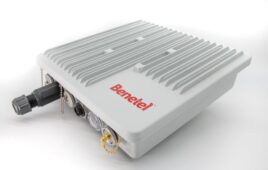Qualcomm and Ericsson have notched another successful interoperability test as the vendors prepare for commercial 5G deployments using a variety of spectrum bands.
The pair said it completed a non-standalone (NSA) 5G NR bi-directional data call on 2.6 GHz in late December, adding a new sub-6 GHz frequency band to those that have been tested by the companies for commercial use.
Qualcomm and Ericsson completed similar Interoperability Development Testing (IoDT) calls in September on the 28 GHz and 39 GHz millimeter wave bands, as well as at 3.5 GHz.
The latest demonstration was conducted on Dec. 20 at the Ericsson Lab in Kista, Sweden and is compliant with the 3GPP Release 15 “early drop” spec that was updated in September after being frozen in March 2018.
The test used commercially available Ericsson hardware including the 5G NR radio AIR 6488 and RAN Compute products, along with a Qualcomm smartphone form-factor test device using the chip giant’s Snapdragon X50 5G modem and antenna modules.
“Together with Qualcomm Technologies, Ericsson continues to make strides on commercial 5G readiness by continuously performing interoperability tests on 5G NR networks on different spectrum band,” said Per Narvinger, head of product area networks at Ericsson, in a statement. “We’re offering our customers flexible deployment options as they gear up for commercial 5G services.”
Qualcomm’s Durga Malladi, SVP and general manager of 4G/5G, said the companies are working to ensure consumers get their hands on 5G devices and experiences beginning in the first half of 2019.
At CES last week, Qualcomm announced that more than 30 commercial mobile devices will be powered by the company’s chipsets and RF front-end this year.




